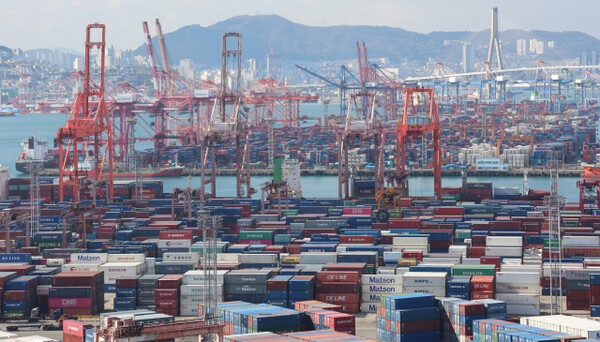South Korea's Export Growth Amid Martial Law
In a surprising turn of events, South Korea's exports have surged by 12.4% in early December, defying expectations set by the imposition of martial law. According to the Korea Customs Service, from December 1 to 10, exports reached $17.6 billion, marking a significant increase compared to the same period last year.
This growth is largely attributed to a remarkable rise in semiconductor exports, which soared by 43%, and computer peripherals, which increased by 53.6%. Despite the challenging economic environment typically associated with martial law, South Korea's robust export performance in the technology sector has set it apart.

The Ministry of Trade, Industry and Energy remains optimistic, projecting that the export growth trend will continue for 15 consecutive months. An official from the ministry noted, "Although the trade balance showed a deficit, this appears to be a temporary phenomenon due to concentrated imports at the beginning of the month."
While semiconductor exports have shown impressive growth, other sectors have experienced mixed results. Passenger car exports decreased by 8.6%, and exports of petroleum products fell by 9.4%. Wireless communication device exports also saw a decline of 9.2%. On the import side, semiconductor imports increased by 42%, and semiconductor manufacturing equipment imports surged by 89.7%. In contrast, energy imports, including crude oil, gas, and coal, decreased by 17.4%, influenced by global energy prices and shifts towards renewable energy.
South Korea's export performance to its major trading partners has been strong, with exports to China increasing by 19%, the United States by 19.4%, Vietnam by 6.7%, and the European Union by 10.3%. This growth reflects the country's strategic trade relationships and the global demand for its high-tech products.









Comments